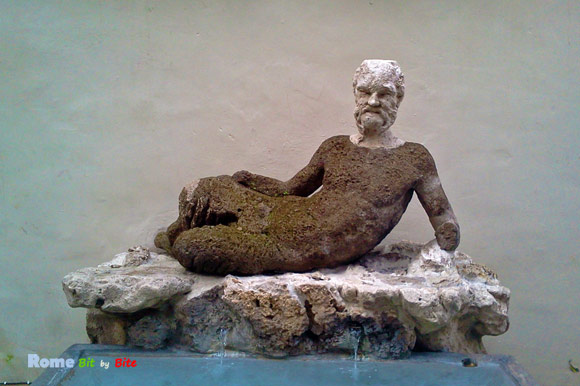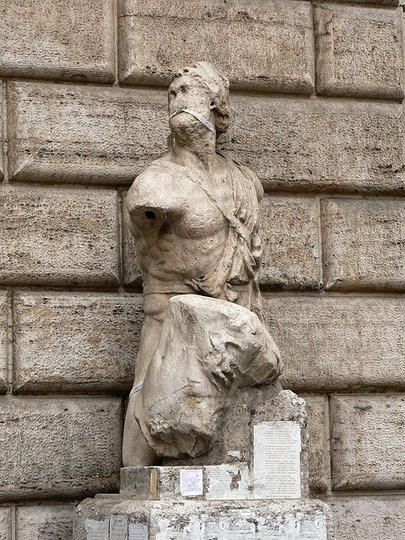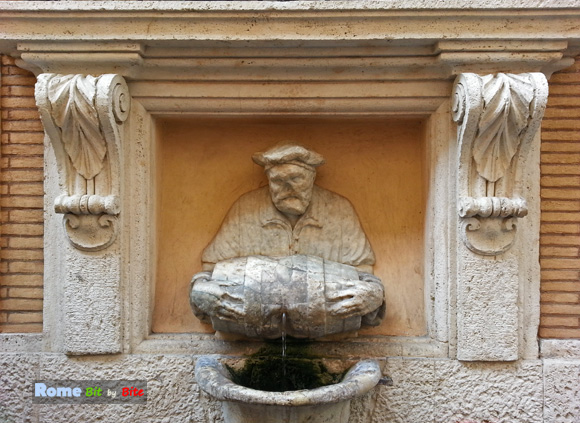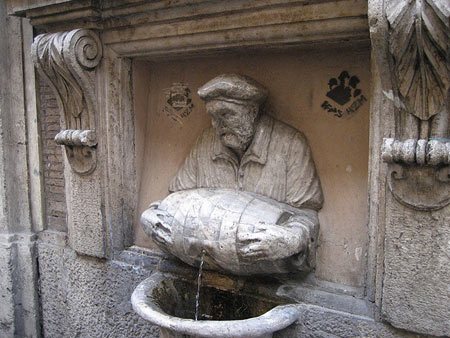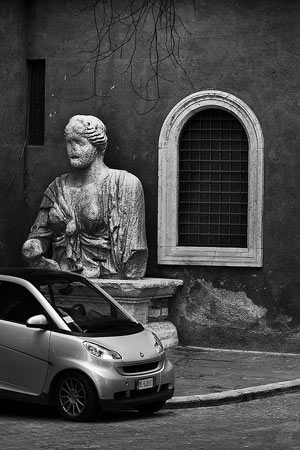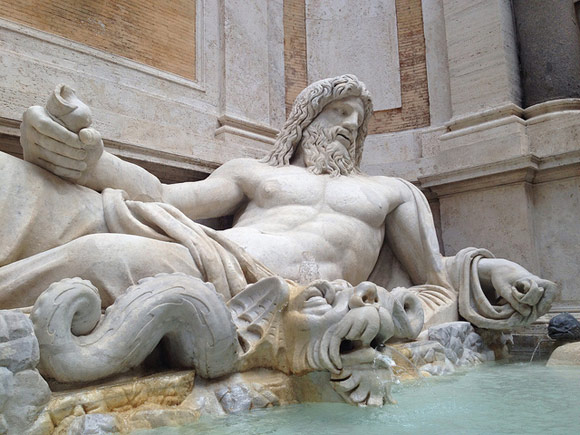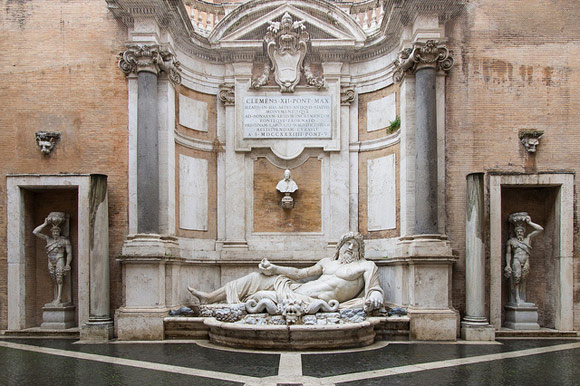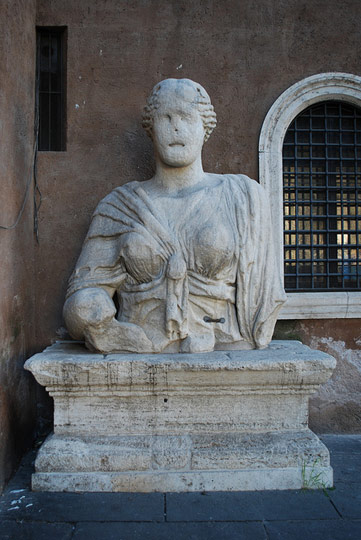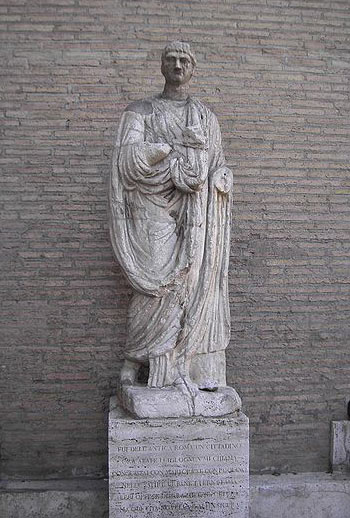The Talking Statues of Rome are probably one of the city’s most underrated figures. Iconic of the vox populi, they have a remarkable history, yet are often overlooked by tourists and passersby.
The Talking Statues got their name from the fact that people made them ‘talk’ by attaching caustic and satirical messages to their pedestal as a form of anonymous protest against the religious and civil authorities of the city. The statues were a kind of informal representatives of the people of Rome at a time when ordinary people were not supposed to express protest or criticism in public. The tradition continues to the present day, with suggestions, witticisms and claims being posted to the statues.
This unconventional form of communication originated in the 16th century with the statue known as il Pasquino, a Hellenistic-style statue in Piazza di Pasquino, a little square south of Piazza Navona. The anonymous messages – usually written in Roman dialect or Latin – became known as pasquinate, which later gave rise to the English word pasquinade, a satirical protest in poetry posted in a public place.
Rome counts six talking statues. Apart from the Pasquino statue, there is also Babuino, in the eponymous street, Il Facchino in Via Lata, Madama Lucrezia in Piazza San Marco, close to the Palazzetto Venezia, Abbot Luigi in Sant’ Andrea della Valle and Marforio, now in the courtyard of Palazzo Nuovo on the Capitoline Hill.
The statue of Pasquino was found in the 15th century in Piazza Navona, but in such a dilapidated state that nobody cared to own it. So, it was placed at the corner of Palazzo Orsini – demolished in 1791 and replaced by Palazzo Braschi – and still stands there today.
Il Facchino was originally located on Via del Corso, on the main façade of Palazzo de Carolis Simonetti, which houses the Banco di Roma. In 1874 it was moved to its current position in Via Lata, on a side façade of the same building, to protect it from pollution. Created in 1580, it is the youngest of the Talking Statues, as it is ‘only’ 432 years old, while the other talking statues date from Ancient Rome. It represents an acquarolo, a man carrying a barrel who would take water from the Tiber and sell it from door to door at a time when the Roman aqueducts were under repair and the city’s fountains were dry.
The tradition of posting these pasquinades to the statues started in 1501 when Cardinal Oliviero Carafa organized a sort of Latin literary competition where poems were posted on the Pasquino statue. The latter is actually a fragment of a statue that originally belonged to a group of statues, dating back to the 3 C. BC, representing Menelaus holding the body of Patroclus dying. The statue (and the square) were later nicknamed ‘Pasquino’, after a tailor with a particularly witty sense of humor who was known to be very eloquent with his criticism of the papal government and lived in the neighborhood.
Occasionally poems were also posted outside the competition period, as these pasquinades were a very effective way to criticize the papacy and city governors without risking reprisals at a time when the free press did not exist. Especially during the conclaves, the tradition was very popular, with new gossips being posted every night to influence the election of the new pope. The anonymous authors of the poems were often very close to the pope and had direct knowledge of confidential information.
One of the most famous pasquinades is without doubt the one dedicated to Urban VIII Barberini (1623-1644), the pope who allowed to use the bronze decorations of the Pantheon for the canopy of San Pietro in Vatican.
fecerunt Barberini.
What the Barbarians did not do
the Barberini did.
The custom spread to other statues when authorities posted guards by the Pasquino to prevent people from posting notes. As a result the public started leaving notes on other statues, as well. These other statues, especially Marforio and Madame Lucrezia, were sometimes also used to post responses to writings posted on Pasquino, creating a repartee and on-going dialogues between the two statues.
One famous dialogue was posted in protest against Napoleon, who notoriously plundered the cities of their artistic and archeological treasures after defeating them.
Pasquino: Tutti no, ma BonaParte!
Pasquino: No, not all of them, but a Great Deal of them
Another dialogue between Marforio and Pasquino relates to the fact that Marforio was moved from his original spot, next to the Church Santi Luca e Martina, to his current location in the courtyard of Palazzo Nuovo. The cost of moving the statue was so huge that the Pope, who then ruled the city, increased the tax on wine to collect the required funds. Marforio complained to Pasquino that the Romans would have to give up their wine so that he could preside over a fountain.
The statue of Madama Lucrezia, the only female talking statue of Rome, was probably named after Lucrezia d’Alagno, mistress of Alfonso V d’Aragona, King of Naples. After the death of her lover, Lucrezia moved from Naples to Rome and lived in the very neighborhood where the statue is now located, on Piazza San Marco in the angle of Palazzo Venezia and the Palazzetto. Originally, the statue may have been part of the Temple of Isis, which stood on the Campus Martius, before it was donated to the King’s mistress.
Until recently, most of Rome’s Talking Statues were in a terribly deteriorated state, but a residents’ association of the historic center of Rome and an Authority in charge of the conservation and appreciation of the City’s cultural assets undertook to restore the statues. The initiative covers, more specifically, the statues of Madama Lucrezia, Abbot Luigi, Pasquino and the Facchino. Ironically, it is the first time that inhabitants and Institutions will cooperate on a project, and moreover, on one involving important symbols of Roman vox populi against authority.
(Updated version of an article previously published on and moved from SlowItaly.me)
Photo credits (top to bottom): all photos © Rome Bit by Bite, except: Pasquino by rfarmer; Pasquino by Iostajy; Facchino by kuaptic; Madama Lucrezia by zak mc; Marforio by Martin Yelverton; Marforio wide view by user:colin; Madame Lucrezia by Troels Myrup;

